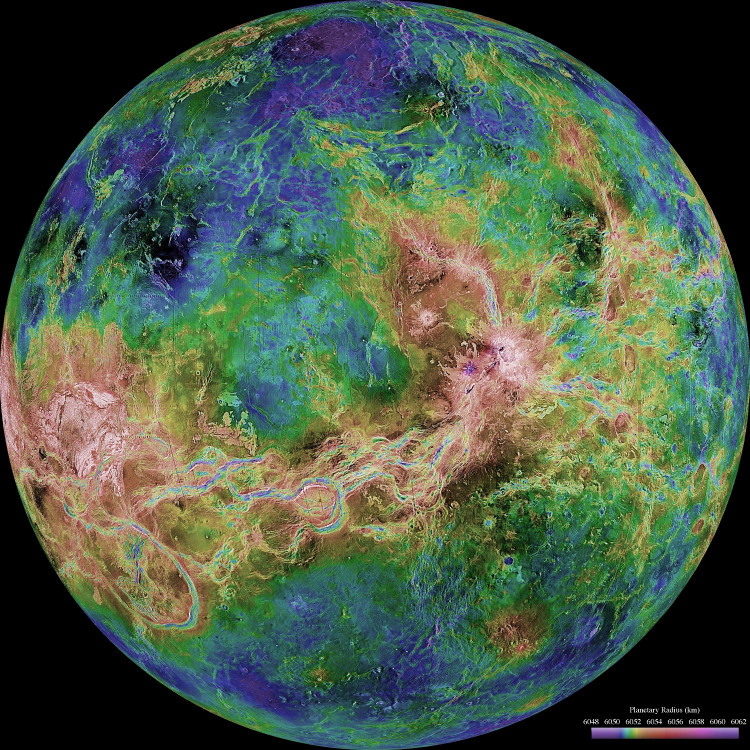An amazingly sturdy NASA spacecraft has just passed by the planet Venus, which scientists considered a critical flyby. The Parker Solar Probe not only flew by the bright planet -- the craft passed through its weird "tail."
Launched in 2018, the Parker Solar Probe was designed with the sun in mind. It's one strong spacecraft, considering it can swoop through the sun's extremely hot outer atmosphere. This incredible ability helps scientists understand our star better, how it shapes the solar system.
Before the probe completes its mission that spans seven years, it needs to adjust its speed by passing Venus seven times. On July 11, it made its third.
Researchers studying the phosphorous planet got all excited upon learning the Parker Solar Probe passes by Venus, so they started planning. It was eventually found that the probe's tech could make observations about the planet, so they convinced the probe's team to turn those instruments on for the flybys.
This third flyby is its closest by far to Venus at 832 kilometers above the planet's surface. To compare, that's about twice the altitude of the ISS above Earth. And as mentioned, this flyby brought the Parker Solar Probe to the "tail" of Venus. This feature is actually merely gas particles of the planet's atmosphere that became charged ions, at which point they can get away the gravity of Venus and sneak away into space.
Why is this interesting to scientists? Because differentiation in planetary atmospheres is what makes planets unique with one another. Earth has an atmosphere rich with nitrogen, and this the reason why our planet's surface is wet and temperate. As for Venus, its surrounded by carbon dioxide, making it extremely hot and hellish. Meanwhile, Mars billions and billions of years ago once had a wet surface due to its plush atmosphere but lost each in turn.
Scientists intend to make the Parker Solar Probe's tools help them better understand atmospheric loss and not just on Venus. It's a good thing Venus sheds its atmosphere in a way that's easily observable, unlike Mars.
So far, two other spacecraft have delivered instruments to Venus, NASA's Pioneer Venus Orbiter from 1978 to 1992, and the European Space Agency's Venus Express from 2006 to 2015.
The Parker Solar Probe is named after Eugene Parker, a famed solar scientist who made the hypothesis that something like the solar wind must exist. That phenomenon, a stream of plasma flowing off the sun and across the solar system, is a key science target of the spacecraft, which Parker himself watched launch in 2018.




